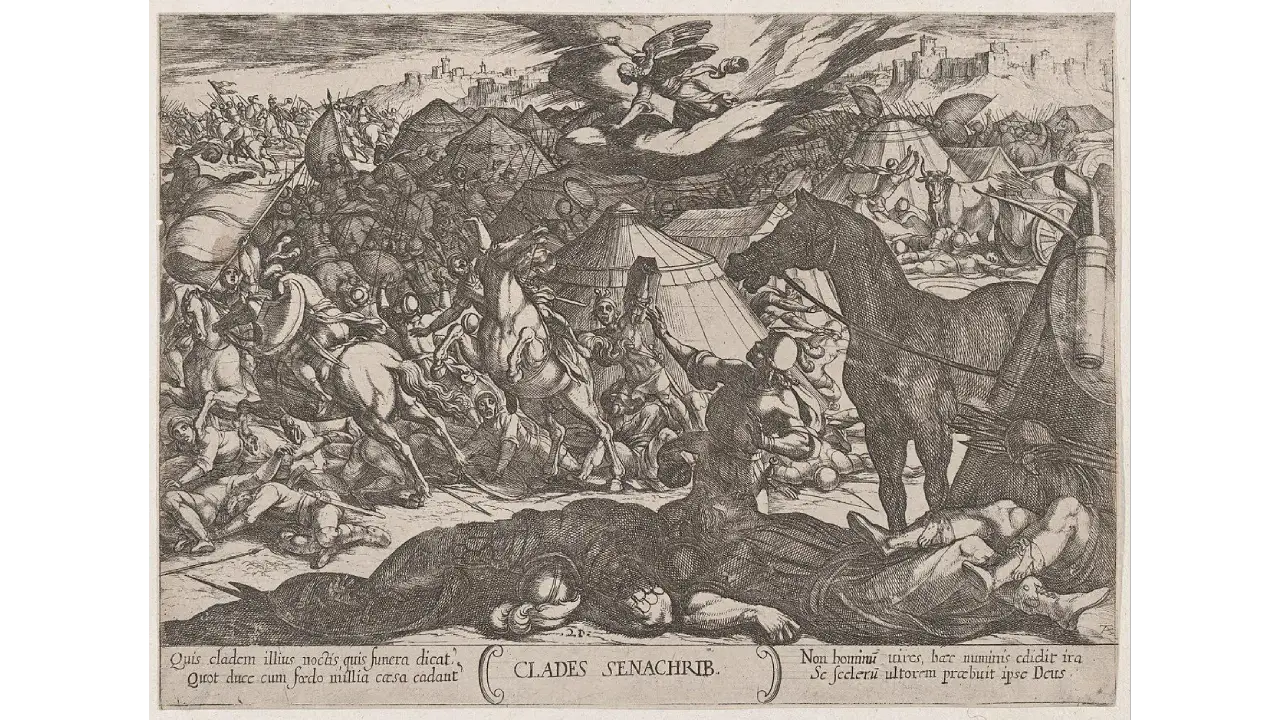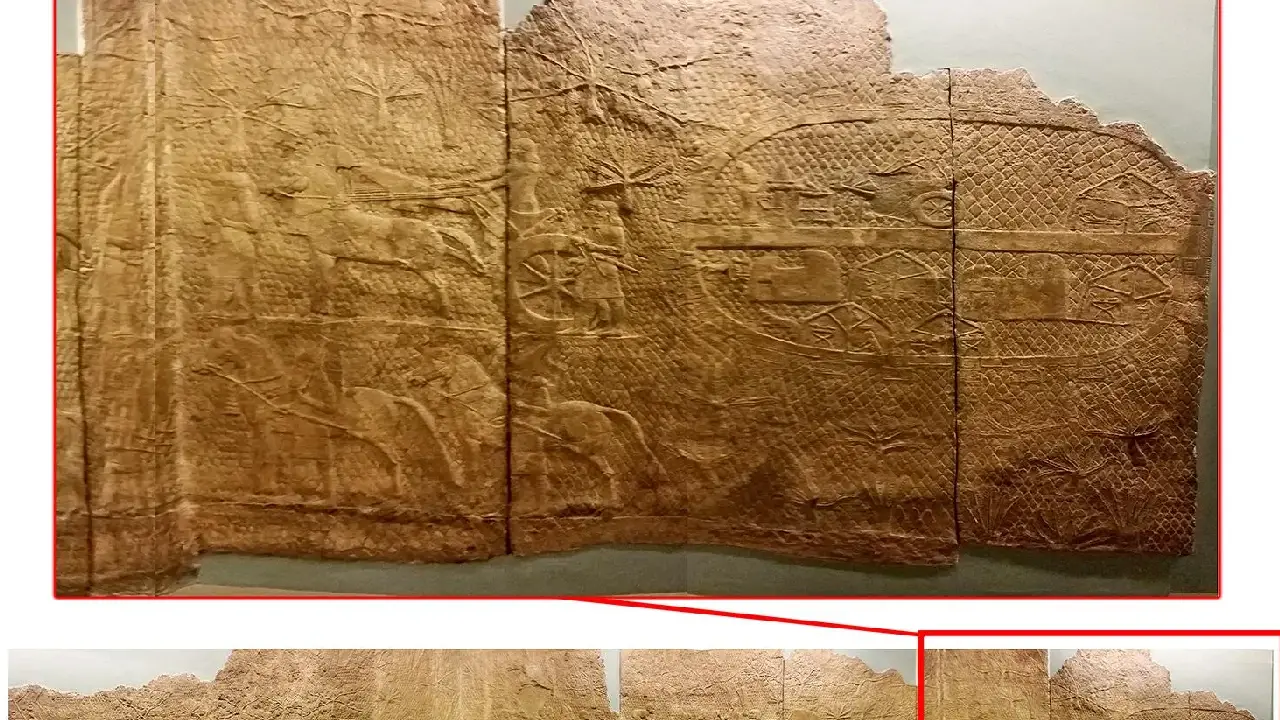The archaeological discoveries made by Stephen Compton offer new insights into the historical context of the Biblical narrative surrounding King Sennacherib’s invasion of Jerusalem. By identifying and analyzing the ancient Assyrian military camps, Compton has provided tangible evidence of the Assyrian presence in the region.
The Assyrian Empire and Its Military Campaigns
The Assyrian Empire was a powerful military force that dominated the Near East for centuries. Sennacherib, one of its most powerful kings, launched numerous campaigns to expand his empire’s territory. His siege of Jerusalem was part of a broader strategy to control the routes across the Syrian Desert to the Mediterranean Sea.
The Biblical Account

The Biblical account of Sennacherib’s invasion is a dramatic and compelling story. It describes how King Hezekiah of Judah sought divine protection from Yahweh after receiving a threatening letter from Sennacherib. In response to Hezekiah’s prayers, an “angel of the Lord” struck down the Assyrian army, saving Jerusalem from destruction.
The Archaeological Evidence
Compton’s research provides tangible evidence of the Assyrian presence in the region. The identification of the military camps at Lachish and Ammunition Hill confirms that Assyrian forces did indeed besiege Jerusalem. However, the archaeological evidence does not directly support the supernatural element of the Biblical narrative.
The Significance of the Discovery

Despite the lack of direct evidence for divine intervention, Compton’s discoveries are significant for several reasons. First, they provide historical context for the Biblical narrative, confirming the reality of Sennacherib’s invasion. Second, they shed light on the military tactics and strategies employed by the Assyrian Empire. Finally, they offer a glimpse into the ancient landscape of the Near East.
Conclusion
The archaeological discoveries made by Stephen Compton have added a new dimension to our understanding of the Biblical narrative surrounding King Sennacherib’s invasion of Jerusalem. While the supernatural element of the story remains a matter of faith, the historical evidence provided by Compton offers a compelling perspective on this ancient event.

Leave a Reply